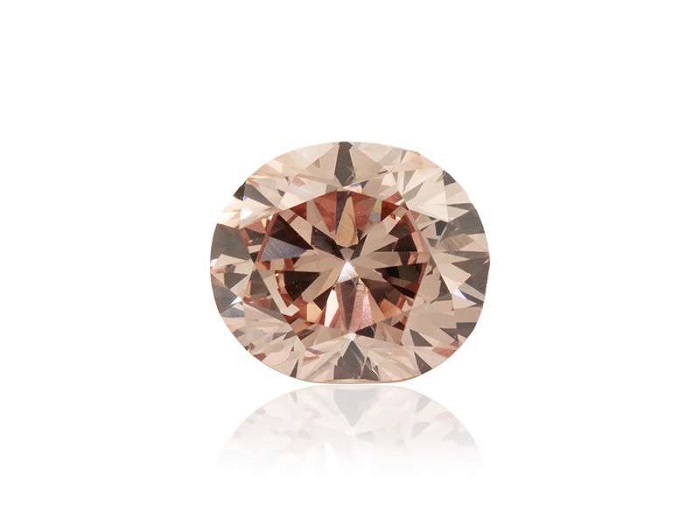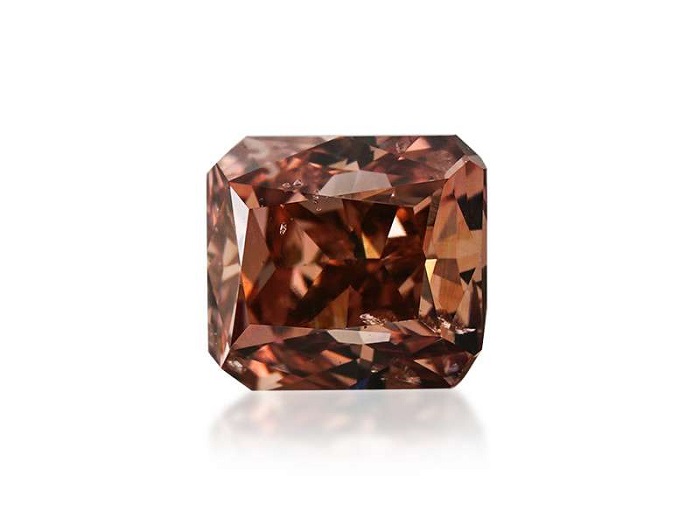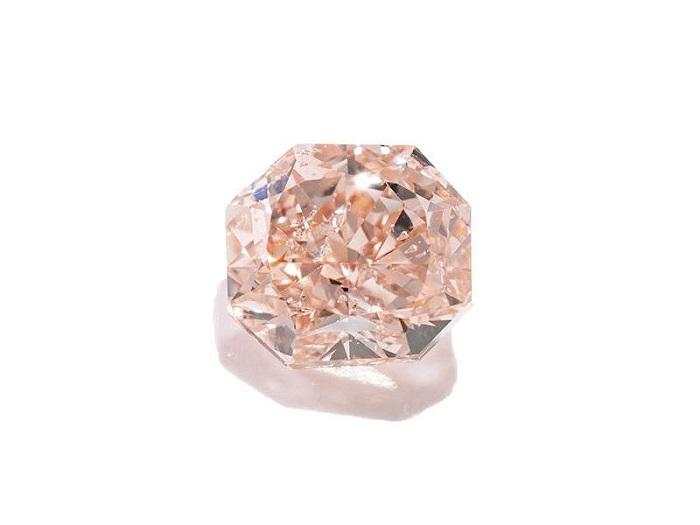Many diamond lovers consider brown diamonds as one of the most unconventional types of precious rock. We all know and cherish the classic white diamond for its simple elegance, but few of us are familiar with other colors of this naturally occurring rock. The standard white diamond is the preferred rock for the majority around the globe, but brown diamonds are, in general, the choice of those with exquisite taste.
Formed deep bellow the layers of the Earth, it’s our planet’s mantle where diamonds are forged. Below the Earth’s core and below its crust, too, diamonds take billions of years to form. Although we have a general idea of most of the chemical processes taking place in diamond formation, some of the colored diamonds remain a mystery to this day.
What We Know About Brown Diamonds
Formed deep bellow the layers of the Earth, it’s our planet’s mantle where diamonds are forged. Below the Earth’s core and below its crust, too, diamonds take billions of years to form. Although we have a general idea of most of the chemical processes taking place in diamond formation, some of the colored diamonds remain a mystery to this day.

The etymology of diamonds’ name dates back to ancient Greek adamas, meaning invincible, which in Latin turns to ”diamas”. The old saying that diamonds are forever may come from the fact that it’s the hardest mineral on Earth. The unique crystal lattice of diamonds is made only of strong covalent bonds, making it exceptionally resistant. At the time of growth and formation of a diamond, the only atoms that can enter into its molecule structure are those of hydrogen, nitrogen, and boron.
If you’re wondering how a diamond can be brown, the answer lies in the crystal lattice’s plastic deformation. When nitrogen molecules are involved in the formation of a diamond, the color of the crystal can change in varying degrees from yellow to brown. Brown diamonds make up for an average of 15% of diamonds found in most mines.

The biggest diamond in the world after being cut and polished is a brown diamond. Excavated in The Premier Mine of South Africa in 1985, The Golden Jubilee Diamond has 545.67 carats, weighing almost a quarter of a pound. Polished into a fire rose cushion cut, the biggest diamond got the best refraction and sparkle for its size.
Secure Your Certified Brown Diamond
When most people think of diamonds, they think of the classic white diamond. White white diamonds have left a mark on history, and also the way we perceive diamonds today, the time has come to make way for even more rare types of diamonds. The brown diamond is possibly the most elegant choice of colored diamonds, whether you’re looking to enhance an engagement ring or immortalize another piece of jewelry.

Although the price of the brown diamond can be considered the lowest in comparison to the rest of the colored diamonds, the different brown diamond hues have the biggest percentual variation in price among all diamond colors. There are several factors at play when it comes to setting the price of a brown diamond. The diamond’s color variation can be a result of either the presence of nitrogen molecules or plastic deformation referring to the tension and temperature variations during the formation of the diamond.

The diamonds’ carat, or weight, its clarity, reflection and shine, as well as the cut and shape that accentuate the most important properties, all determine the value of the diamond. If you want the best selection of highest-quality brown diamonds, head over to Astteria, and using the advanced search features, choose your perfect brown diamond.
